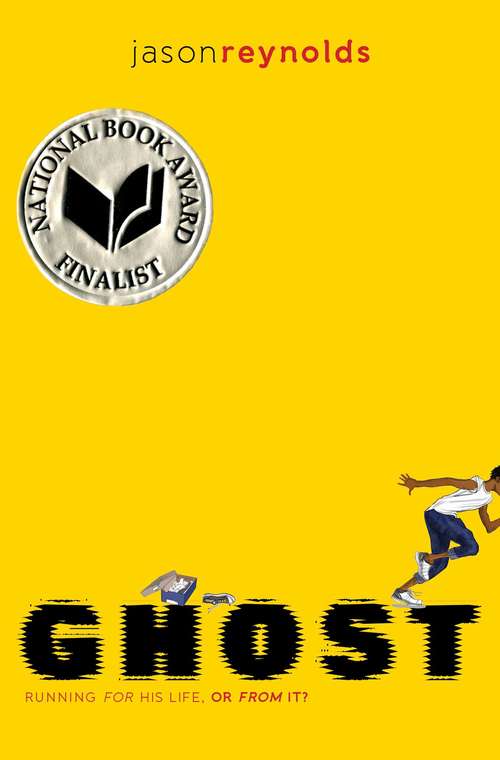Students with learning differences can benefit from accommodations and online resources that accelerate learning
The great catch-up is on. As schools across the country approach the tail end of the traditional school year, the circumstances are anything but traditional. Many students are experiencing pandemic learning loss, especially students with special needs who may not have been able to receive the full suite of services they are entitled to.
Remediation Versus Acceleration
According to a recent article in the Washington Post, school districts are rethinking what the great catch-up should look like, with many shifting the focus from remediation to acceleration, or what’s sometimes called “accelerated learning.”
With remediation, the goal is to make up what a child missed the first time around. Some call it meeting students “where they are.” The problem is students may never catch up. Accelerated learning, by contrast, seeks to make grade-level work accessible to those who are behind through a combination of intensive help and modifications.
For students with IEPs, 504 plans, or other specialized learning plans, accommodations and modifications are key elements of accelerated learning. If a child is behind in reading, for example, an ebook with highlighted text and audio narration can provide support to help students with dyslexia improve decoding and comprehension. A student who is blind can read an ebook on a refreshable braille display.
Educators and Parents Collaborate for Success
Here are three ways that educators and parents can collaborate to tackle student learning loss:
1 – Review IEP and 504 plan components and prepare for end-of-year discussions
While there are significant differences between IEPs and 504 plans, both require a description of specific accommodations, supports, and services. An accommodation is a change in the classroom environment that removes a barrier to learning such as audiobooks, grammar checkers, large print, and speech-to-text apps that enable a student to complete grade-level work. At this stage in the school year, parents should ask the school staff how their student is performing against annual goals and what additional interventions they recommend. Parents can also bring their own ideas about the accommodations they feel may benefit their child.
2 – Identify online resources and tools that will help your child close the learning gap
The switch to remote learning forced teachers to provide more classroom materials and reading assignments in digital formats. Fortunately, a wide variety of online tools and solutions are available to support students with learning challenges. Programs such as Voice Dream Scanner and Microsoft Lens scan and read documents using OCR and text-to-speech. A proliferation of ebook libraries offer free and paid options for finding books for all ages. And reading tools like Dolphin EasyReader, Voice Dream Reader, Capti Voice, and Immersive Reader provide audio narration, text highlighting, visual controls, and annotation to make decoding and comprehension easier. These accessible tools can mean the difference between learning barriers and learning opportunities.
3 – Empower students to read and learn on their own
When learners receive accessible materials and technologies that meet their needs in a timely manner, they are more likely to increase their independence, participation, and progress in the general curriculum. In addition to assistive technology tools to support reading, students might need some structure and incentives to make reading part of a regular routine. For younger students, help them find age-appropriate books, create a cozy reading nook, and celebrate progress. For older students, help them find books on topics that interest them and reward completion.
Bookshare Helps Turn Loss into Gain
It may take some time for students to catch up, but fortunately, many resources are available. Bookshare is an ebook library with 975,000 books ranging from literature classics and popular series to textbooks and study guides. Membership for U.S. students with reading barriers such as dyslexia, low vision, or cerebral palsy is free. Students can read books on almost any device – smartphones, tablets, Chromebooks, computers, AT devices – using a variety of free and low-cost reading apps.
Need help finding engaging books? What about high interest YA novels for emerging teen readers? Or a hand-picked list of middle grade books featuring characters of color? Or popular series like Marvin Redpost? Browse these special collections to load up on books for hours of fun reading.
New to Bookshare? Find out if Bookshare is right for your child.



Be First to Comment